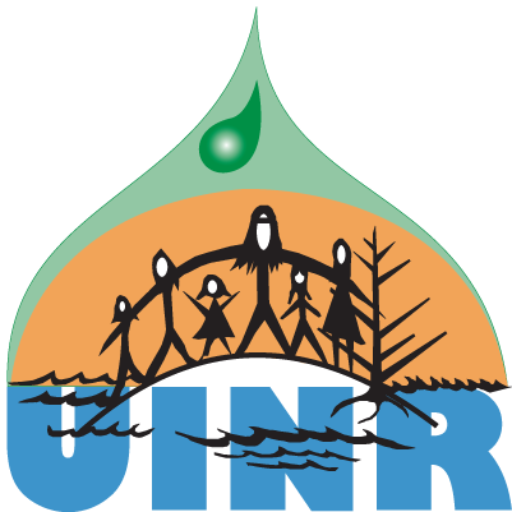Fortunately, eels are still common in the Bras d’Or Lakes, especially outside Eskasoni. From May to October, eels are actively fished along the shorelines. For the other half of the year, they overwinter in barachois ponds and embayments common to the shores of the Bras d’Or Lakes.
Often these areas are not considered important for aquatic life but they are the best places to fish eels. Land activities, such as subdivision developments, can affect water by acting as a source of sediments that make blue water brown when it rains.
In Eskasoni, an important eel fishing and overwintering area was on the receiving end of sediments. UINR’s Tyson Paul recalls how brown the water would be after a light rainfall. “We expect to see large volumes of brown, sediment-laden water after very heavy rainfalls,” he explained, “but we were seeing this even after showers.”
Sediments settle out of the water and can smother life on the bottom. Eel grass gets buried and fish gills become clogged. Aquatic plants can’t produce oxygen because sunlight doesn’t reach them. While eels like the soft bottom to burrow, their prey doesn’t. If there is no food for the eels, there will be no eels in the area.
In the fall of 2010, UINR met with Fisheries and Oceans Canada and Nova Scotia Environment to discuss ways to fix the problem. In March 2011, 315 metres of ditch was re-created and lined with rock. To prevent flooding and uptake of sediments from the road, five culverts were re-aligned and one was replaced. Two outlets of riprap were created to help slow down the flow of water. The remediation was successful. It was found that the lining reduced sediments by 98% during light rainfall events.
UINR works with communities to promote practices that encourage people to be kind to nature. Shelley Denny is UINR’s Biologist and Research Coordinator. She believes that change is necessary. “Our actions on land are harming the beauty and quality of our water. After it rains, it takes longer for brown water to become clear and longer for eel fishers to put food on the table. Our actions affect our traditional way of life. To maintain traditional fishing areas, we need to change how we do things on land.”
The project is a model of how to do things differently in our community and make a positive affect on water quality. Funding was provided through Environment Canada’s Habitat Stewardship Program.
shelley.denny@uinr.ca


